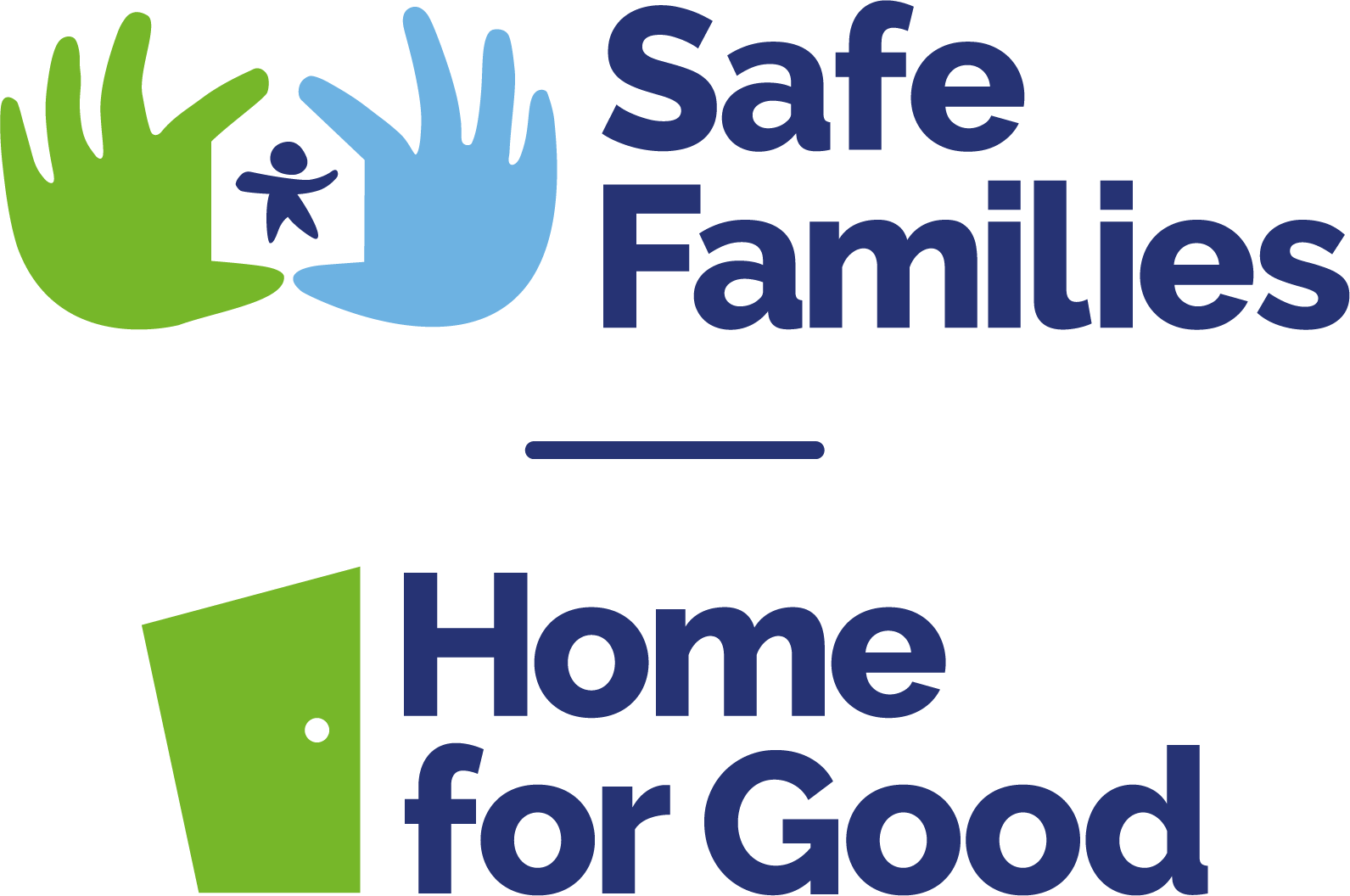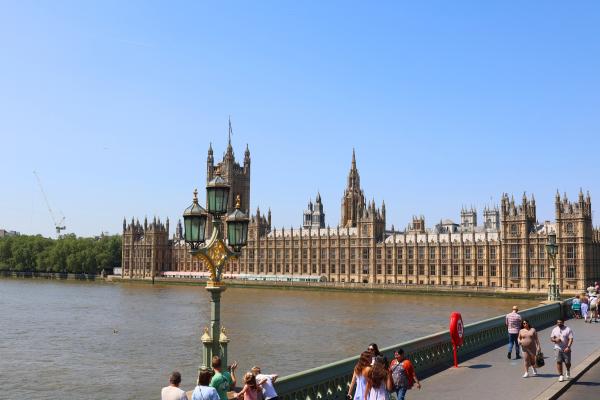At Home for Good and Safe Families, we believe that the best policies are shaped not just in government buildings, but around tables, with the people who live these realities every day. That’s why we hosted a roundtable bringing together foster carers from across Scotland, each with different experiences and perspectives. Our aim? To feed into the Scottish Government’s consultation on the future of foster care and ensure that the voices of those with lived and frontline experience were heard loud and clear.
The consultation, which ran from October 2024 to February 2025, sought views on how foster care in Scotland could become more flexible, relational, and responsive to the needs of children and young people.
A Flexible, Relational Future
In July 2025, the Scottish Government’s Consultation Analysis of Responses report, showed there was widespread support for shifting towards a model that better reflects children’s developmental needs and places relationships at the centre. Many respondents welcomed ideas such as more consistent care and improved support for birth family connections where appropriate. It’s a shift towards a more human, understanding kind of foster care. One that recognises just how much continuity and connection matter.
This echoed what we heard in our roundtable, where carers spoke powerfully about the importance of relational practice and the value of long-term, stable relationships in children’s lives.
National Recognition and National Challenges
At our roundtable, foster carers responded to several national-level proposals, including a register of foster carers, more consistent recruitment efforts, and a shared learning and development framework. These ideas prompted rich discussion, and while carers recognised the potential of such proposals to bring greater coherence to the system, they also raised important concerns.
In the consultation analysis report, these proposals were broadly welcomed, particularly for their potential to raise the profile of foster carers and promote greater consistency across Scotland. One contribution from our roundtable, which was highlighted in the report, summed it up well:
“Key insights shared by foster carers indicate a warm reception to the idea of a national charter of support.”
But carers also emphasised that national change must be underpinned by local capacity. Without serious investment in the workforce including, more social workers, lower caseloads, and improved support, even the best ideas risk becoming unsustainable in practice.
It Has to Work for Carers Too
Many of those we spoke with agreed that fostering must be financially sustainable if we want to recruit and retain carers. While the Scottish Recommended Allowance is a welcome step, there were calls for this to go further, taking into account the rising cost of living, ensuring clarity around fees and retainers, and truly recognising the complexity of the role. The consultation report highlighted these concerns.
From Good Ideas to Good Implementation
Perhaps the strongest message we heard in the roundtable was the importance of designing a system with carers and young people.
The need for genuine co-design and partnership also came through loud and clear in the consultation report. Foster carers, care-experienced young people, and professionals must be involved not just in shaping the model, but in building it. This means having trauma-informed training, peer support, housing access, respite care, and emotional wellbeing all need to be part of the package.
What’s Next?
The Scottish Government has said the findings from this consultation will shape future foster care policy and delivery, particularly as part of their commitment to implementing The Promise. That means the decisions made over the coming months really matter.
We’re pleased to have helped gather and amplify the voices of those who know this system best. And we’ll continue to stand alongside them, advocating for a future of foster care that is relational, resourced, and rooted in what children, young people, and carers truly need to flourish.
You can view the consultation analysis report here.











